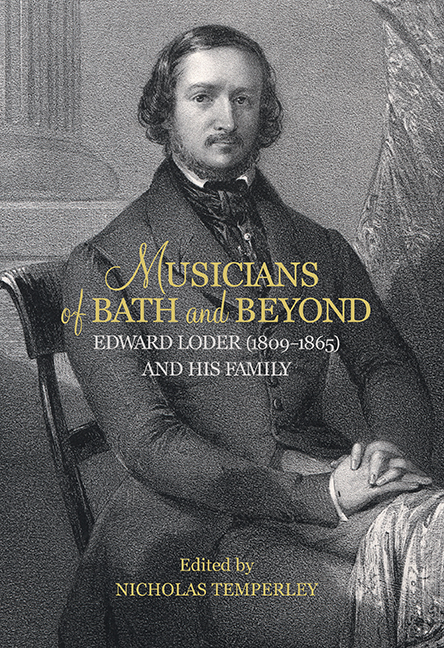Book contents
- Frontmatter
- Contents
- List of Illustrations
- Acknowledgments
- Notes on Contributors
- The Loder Family Tree
- Abbreviations
- Introduction
- PART ONE The Musical Profession in Early Nineteenth-Century England
- PART TWO The Loder Family
- PART THREE The Music of Edward Loder
- EPILOGUE The 1966 Revival of Raymond and Agnes
- Select Bibliography
- Index of Edward Loder’s compositions
- General Index
- Miscellaneous Endmatter
13 - Raymond and Agnes: Orchestration and Dramatic Characterisation
Published online by Cambridge University Press: 04 June 2021
- Frontmatter
- Contents
- List of Illustrations
- Acknowledgments
- Notes on Contributors
- The Loder Family Tree
- Abbreviations
- Introduction
- PART ONE The Musical Profession in Early Nineteenth-Century England
- PART TWO The Loder Family
- PART THREE The Music of Edward Loder
- EPILOGUE The 1966 Revival of Raymond and Agnes
- Select Bibliography
- Index of Edward Loder’s compositions
- General Index
- Miscellaneous Endmatter
Summary
BY the time Loder wrote Raymond and Agnes, he had the experience of fifteen dramatic works of one kind or another to draw on. Comparison with an early work, Nourjahad of 1834, and one twelve years later, The Night Dancers of 1846, shows a developing confidence in handling musical structures, and also, as has been shown in the previous chapter, a growing sense of the dramatic. In Raymond and Agnes, Loder is able to demonstrate his ability to use the music to enhance the drama and the characterisation; the notes are not merely a vehicle for the singers.
Loder's command of orchestration is an important and vital element in this development. This chapter draws attention to some of the details, with special emphasis on his use of percussion. His early works, both musically and orchestrally, were functional and not especially imaginative, but he acquired confidence with experience. In tutti passages in Raymond and Agnes, the orchestration fills a supportive role for the singers, and adds much variety of orchestral colour. The real delights come in the smaller moments, whether it be to colour a word, or to add drama, all of which show exquisite care and attention to detail.
We may first note the development of Loder's ideas for overtures in his serious operas. Balfe often chose a double binary form, AB1AB2, with the B sections in different though related keys, and Nourjahad follows this structure, with a slow introduction. Barnett's 1834 overture to The Mountain Sylph takes an arch form, with interpolations of the principal theme (A1BC1A2C2A3B). Others throughout this period follow a medley format: Wallace's overture to Maritana of 1845 is one such, but varies its fare by including a fugal passage. The Night Dancers overture is in a relatively free form, but with one section (in a particularly robust style) repeated later in a different key. It goes further than usual in using themes from the opera.
In the overture to Raymond and Agnes, where the orchestra tumbles turbulently straight in, it is immediately apparent that Loder had by now developed a flair for attractive details and clarity of orchestration. This is most obvious in his use of woodwind, and of the clarinet in particular, not merely to punctuate and support the string texture but to provide melodic interest as well.
- Type
- Chapter
- Information
- Publisher: Boydell & BrewerPrint publication year: 2016



